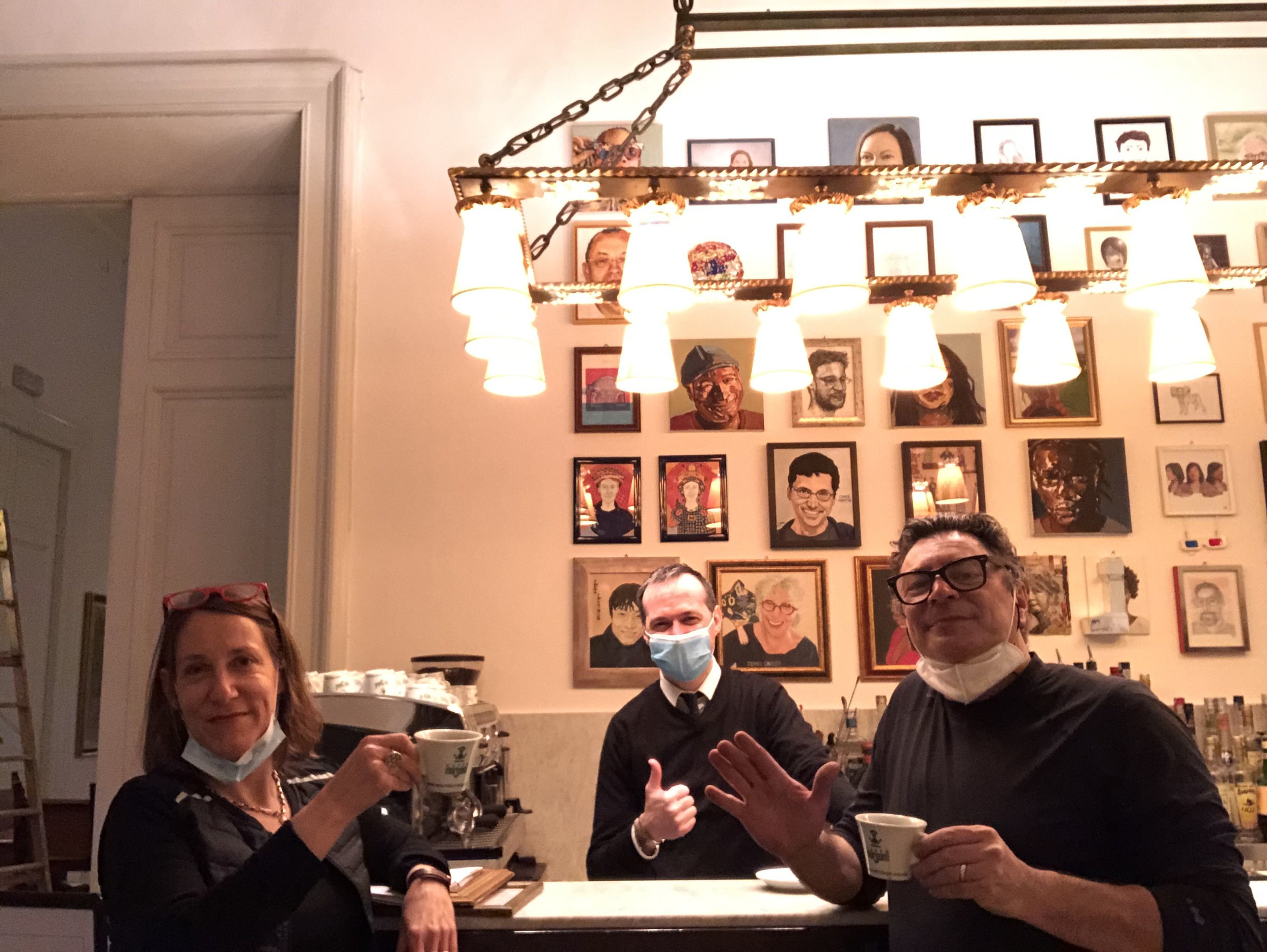IN THE ARTS
My curatorial work includes exhibitions in Chicago, Baltimore, and most recently Rome, where I also had the opportunity to delve into other sorts of projects, such as literary readings (live and Covid-era virtual) and musical performances. A selection of my most recent curatorial projects can be viewed below, and more (and more to come) here and here.
American Academy in Rome April 13 - June 12, 2022
Rome and its ruins have long provoked an aestheticization of decay—a meditation on the frailty of the physical world and the inevitable passage of time. Regeneration gathered the work of contemporary artists to consider this paradigm with fresh eyes and push up against a paradox: that decay can seed a new, often beautiful materiality, whether of dust, rust, fragments, or weeds. Not far beyond these aesthetic matters lie ethical ones, concerning permanence and transmutation: how we conceive of and value change, and the struggles in choosing what to keep and what to let go.
These perspectives have a particular relevance to Rome and Italy. The Roman ruin is of course an archetype, while ancient Roman industry has left layers of dust still evident in the stratification of glacial ice. As an historic crossroads, Rome is also the nexus of cultural dialogues that span the globe from antiquity to the present. Regeneration invites us to consider this theme in Rome but also across differing geographic contexts, historical frames, and systems of value.
The artists presented in Regeneration represent five continents: Africa, Asia, North and South America, and Europe. They work across scales of time that are equally expansive, from the geologic—the pace at which the earth itself is degrading—to the momentary, a tempo we can register with our eyes and ears. The decline they trace is in some cases sociopolitical, in others environmental, and in others a simple fact of nature and materiality.
Co-curated with AAR interim Andrew Heiskell Arts Director Lindsay Harris. The exhibition can still be experienced virtually, in a bilingual AAR exhibition website and through the (free) Bloomberg Connects art and culture app.
Read my exhibition essay, Coming Apart, and/or listen to a conversation I had with Claire Lyons (Getty Museum) and Webber Ndoro (ICCROM), “Making the Past: Perspectives on Keeping and Letting Go.”
NATASHA TRETHEWEY: POEMS FOR ROME
Villa Aurelia, July 6, 2022
An evening of readings of poems selected by Natasha Trethewey for their special resonance in Rome. The poems—many inspired by paintings and speaking to matters of body, identity, presence, and memory—were newly translated into Italian for this occasion by Alessandro Giammei, read by the poet Silvia Bre, and published by Fuorilinea Editore.
Co-curated with Maria Ida Gaeta, Secretary General of the Committee for the Celebrations of the Centenary of the Death of Dante Alighieri and Founder of the Casa delle Letterature, Rom
Streetscapes installations clockwise from upper left: Katy Barkan, A Mutual Involution of Things; Sara Enrico, RGB (Skin) ; Corinna Gosmaro, Chutzpah!; Francesca Berni, Novissimo Landscape Goes Silver.
Jorge Otero-Pailos, Distributed Monuments, 2022, latex and dust (artwork © Jorge Otero-Pailos)
Annalisa Metta and Luca Catalano, Every nine days, 2021-22, 12 crude steel plates, natural oxidation (artwork © Metta and Catalano)
Matteo di Pacino, Saints Cosmas and Damian Altarpiece, left predella: The Miracle of the Transplantation of the Black Leg, ca. 1370–74, tempera and gold leaf on panel, 7¼ x 16⅛ x 1¼ in. (North Carolina Museum of Art, Raleigh)
American Academy in Rome, Villa Doria-Pamphilij, Bramante’s Tempietto June 7 - 17, 2021
Responding to the restrictions and limits of the COVID-19 era, this exhibition featured the work of four American Academy in Rome Fellows, who produced sculptures for the Academy’s outdoor spaces and other sites in the Monteverde neighborhood. Animating the pine groves of the Villa Doria-Pamphilij Park and the portico of Bramante’s Tempietto at the Reál Academia de España, as well as the courtyards of the Academy’s main building, these site-specific works invited viewers—including residents of Monteverde and passersby—to re-engage with familiar places and explore new vistas. It provided a balance of stasis and movement suitable to the spring of 2021, an time of tentatively hopeful reopenings in Rome.
Download the exhibition brochure here.







